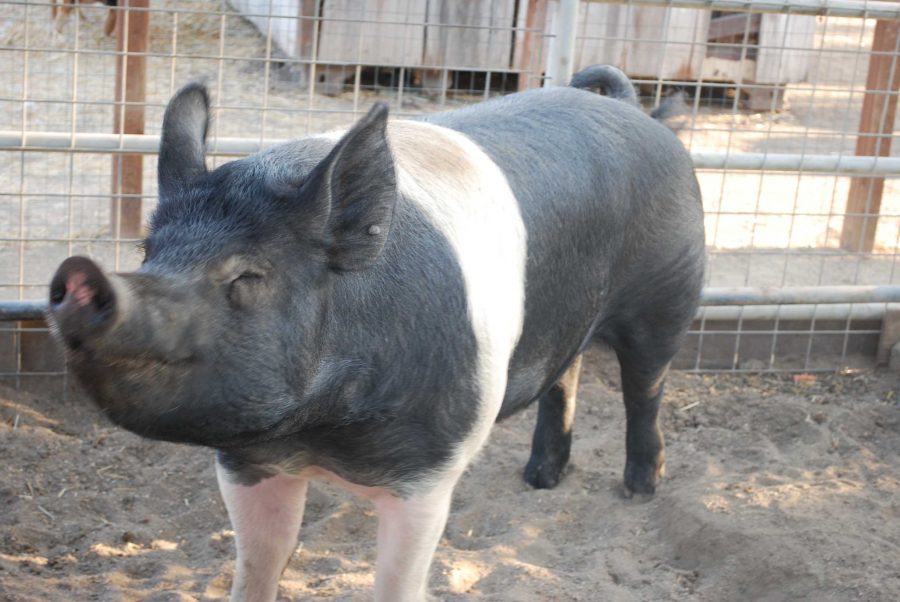A mutant half-person, half-pig. That is the image that comes to mind when first hearing about swine flu. But now, we see that swine flu is no laughing matter.
According to the World Health Organization, there have been over 340,000 confirmed cases of swine flu and as of September 27, there have been over 4,100 deaths worldwide. It is time to take swine flu seriously, but it is not the time to panic.
Just because the President’s Council of Advisors on Science and Technology in their “REPORT TO THE PRESIDENT ON U.S. PREPARATIONS FOR2009-H1N1 INFLUENZA” predicted that up to 50 percent of the US population could contract the virus, with as many as 1.8 million hospitalizations and up to 300,000 patients requiring intensive care , along with the possibility of 90,000 deaths concentrated in children and young adults, does not mean it’s time to panic. It’s never really time to panic, because panicking doesn’t solve anything and will definitely not help in a situation of dire need.
Now is the time to prepare and educate ourselves. It’s time to get ready for when the flu hits our area.
Before going out to get vaccinated against swine flu, it is important to become educated in what exactly swine flu is, and most importantly, what its symptoms are. Swine flu, or theH1N1 flu virus, is a respiratory disease in pigs that can be spread to humans. The daunting thing about swine flu is that it is constantly changing. According to the Center for Disease Control and Prevention (CDC), the virus can swap genes and new viruses emerge that are a form of swine, human and avian influenzas. There are now four different types of swine flu, H1N1, H1N2, H3N2 and H3N1.
The CDC reports that the following are symptoms of the swine flu: fever, lethargy, lack of appetite and coughing. Some people with swine flu have also reported runny nose, sore throat, nausea, vomiting and diarrhea. The CDC recommends that you stay at home for at least 24 hours after your fever is gone (without the use of fever-reducing medicine of course.). Flu-like symptoms often improve, but then return with fever and worse cough later on. However, if you become severely ill and have any of the following symptoms, seek emergency medical care.
Difficulty breathing or shortness of breath
Pain or pressure in the chest or abdomen
Sudden dizziness
Confusion
Severe or persistent vomiting
Prevention is the most important thing to focus on for those not infected. Like the normal winter influenzas, the main preventative measures are quite simple. Wash your hands frequently, don’t sneeze or cough on people, and avoid those who do. Don’t touch your eyes, nose or mouth unless your hands are clean. Stay at home when you are sick and maintain a healthy lifestyle. This means to get enough sleep, drink lots of water, eat well, exercise and take your vitamins.
Additionally, the swine flu vaccine is currently becoming available, check with your doctor or local pharmacist about getting the vaccine.
For more information visit:
http://www.cdc.gov/H1N1FLU/
http://www.swine-flu-tracker.com/







